
I own several different entry level Chinese DAPs and it's always interesting to see what a new model can do differently or improve upon compared to the others. There are a few characteristics that they have in common, things like dim, low resolution screens, illogical button/navigation configurations, varying degrees of sound quality and for the most part very good battery life. So of course when I had the chance to test the IQQ C18 I was very keen to see what it had to offer. Well after using this as my daily player for several consecutive weeks I think I have a pretty good idea and am now ready to share my thoughts with you, the reader. Read on to find out how the IQQ C18 performs.
Disclaimer
This sample was provided to me for the purpose of an honest review. I am not affiliated with the company or seller and all observations and opinions here are my own, based on my personal experience with the product.
The IQ C18 is currently selling for $69 and can be purchased from Penon Audio.
Penon homepage: http://penonaudio.com/IQQ-C18
Penon on AliExpress: https://www.aliexpress.com/store/1994049
Technical info
I'm just going to briefly cover some of the main specs here. For the full list you can check on Penon Audio (see the links above).
At the heart of the C18 is a RKNanoD-N. The RKnanoD is an ARM Cortex-M3 based microcontroller for Wireless Audio, MP3 player and IOT applications. It can support up to 24 bits 192k Hz sample rate lossless audio and DSD256. Display comes in a 2 inch TFT screen with a resolution of 320 * 240. There is 8GB of onboard memory and the player supports MicroSD (TF) card, up to 128GB.
Packaging and accessories
Content arrived in a plain white box, strangely without even any branding on it and just "HIFI Music Player" printed on the front. When you open it up you see the player under a layer of protective foam sitting in a cardboard section. Under the player is a USB charging/data transfer cable.




Build and design
The C18 has an all metal body (2 colors, gold and silver available as far as I know) that has a nice texture and feel to it. It sits nicely in your hand, feels pretty durable and is also resistant to fingerprints and scratches which is good because there is no protective case provided or available at all. Overall the quality feels good but one thing to note is that the corners and top and bottom edges of the device are quite sharp. It has a good weight to it making it feel substantial yet not heavy.
The front panel starts with the 2 inch screen at the top which is surrounded by a thin black border. The next thing that catches your eye is the control or navigation wheel, consisting of a central metal button surrounded by a rotating rubberized section. The rubber provides a great grip allowing you to spin the wheel around easily with your thumb or finger. You can use this wheel to scroll up and down in the menus/lists.
Running down the left side are 3 buttons: M (menu), Rewind/back and Fast Forward/next. Just below the screen on the right side is the Back button used for going back to the previous screen in the menu or you can do a long press to return to the main menu screen.
The left side of the player is bare and on the right side you'll find the Volume control buttons.



On the top are (from left to right) Power button, Line out, Headphone out.

The bottom has (from left to right): Micro USB charge/date transfer port, Reset button and Micro SD card slot.

User Interface
Let's start with the screen. Although the resolution is low text is fairly clear and easy to read. Album art is supported and while the images are small they look pretty good. The Now Playing screen has a whole bunch of information including:
- current volume
- headphones connected icon
- track number/total tracks
- playback mode
- storage capacity
- bit-rate/sample rate
- artist
- album name
- genre
- track info and format
- progress bar
There are two interface styles available for the UI which is a nice addition. Style one uses blue as the primary color and the main menu is in a horizontal layout. Style two uses orange as the primary color and its main menu has a vertical orientation.
Speed of the interface is a little sluggish in comparison to some other budget DAPs (NiNTAUS X10, Mrobo C5) and suffers a little from input lag when navigating. It's a bit frustrating but not crippling, actually it's quite similar to the FiiO X1ii.
The control wheel has a good feel to it with stepped rotation but sometimes one click on the wheel will jump two lines on the screen. Perhaps a future firmware update might be able to improve this somewhat.
Settings are fairly basic as you'd expect and similar to what other budget DAPs offer. Unfortunately there's no support for gapless playback but what bothers me more than that is the lack of breakpoint resume. Now it gets a little hazy because breakpoint resume actually IS supported but only when playing from the built-in memory. So I guess that would be handy for audio books and such but if you plan on using a SD card for your files then it's something to keep in mind. If previously playing from a storage card the player will boot to the main menu and you'll need to start from scratch.
One feature of the C18 which you don't often see in the entry level players is lock screen button function custimization. You can choose which buttons are usable while the screen is turned off. The available options are:
- basic playback (play/pause/FF/Rewind/volume)
- volume only
- all disabled
- all effective










Sound
This is an area where the C18 does better than some of its competitors in my opinion. The sound is clean and transparent with good separation. To my ears it has a neutral sound, neither boosting or lacking anything in its dynamic range so what you'll hear is dependent on the tuning of your earphones or headphones.
There are several EQ presets available and a custom setting is also an option. The presets include:
- normal
- bass
- heavy
- pop
- jazz
- unique
- equalizer (custom setting)
Crazy good. During normal use you can get around 55 hours playtime out of a single charge which is exactly what is stated in the specifications. Very impressive. You can get a full charge in about 3 hours.
Comparisons
vs NiNTAUS X10 ($59-$65 USD)
Dedicated volume buttons on the IQQ give it a leg up. The rubber control wheel on the IQQ grips really well under your thumb but the big difference is that turning a single click on the NiNTAUS' wheel corresponds with a single line jump compared to the C18 which will often jump 2 lines per click. UI responsiveness goes to the X10 as it's much livelier than the somewhat sluggish C18. The NiNTAUS is bundled with a protective silicone case and it also supports breakpoint resume although the implementation isn't ideal. Both have exceptional battery life.
When it comes to sound there's not a great deal separating these but the C18 sounds a little cleaner to my ears. The IQQ has slightly less bass roll-off as can be seen in the graph below.

Green = IQQ C18. White = NiNTAUS X10. Unloaded test.
vs Mrobo C5 V2
Build quality hands down goes to the Mrobo with its tank like construction and smooth corners and edges. The C18 has a better screen with higher res and larger album art. UI is faster and more responsive on the Mrobo. I'd say the sound is slightly better on the IQQ, with it being more transparent and not altering the original harmonics in recordings. Battery life is near identical with both being capable of 50+ hours of music playback on a single charge. There's very little difference overall in the capabilities of these DAPs and choice would come down to the little details or features that are most important to the user e.g. breakpoint resume or better screen etc.
Conclusion
Just like the previous budget DAPs that I've tested the IQQ C18 is a solid performer in context of the buying cost. The battery life will outlast any smartphone on the market and it supports all the common lossless file formats including DSD256. The screen does a good job of displaying information and album art so long as you're not in direct sunlight and it has a clear, transparent sound signature with additional EQ options to customize to your preference. Overall it's a good alternative to the X10 or C5 V2 with the only major drawback being no breakpoint resume support. For the asking price of $69 it's a great option especially if you need something that can go many consecutive days without need of a charge.




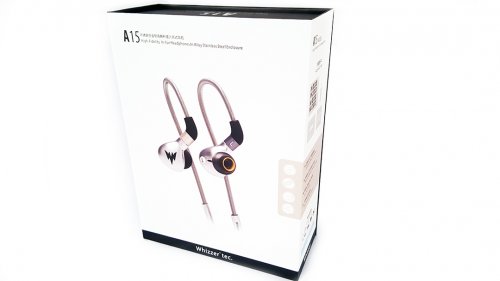








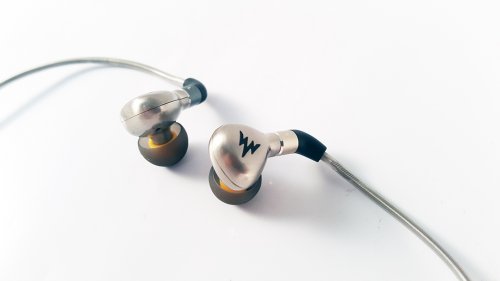
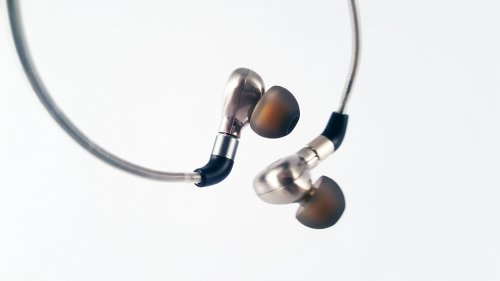
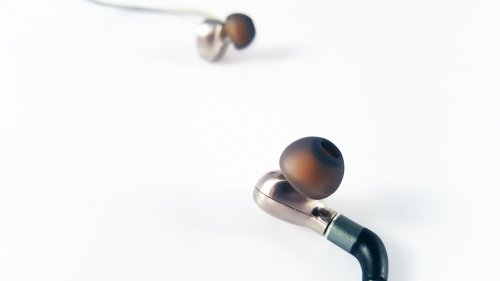
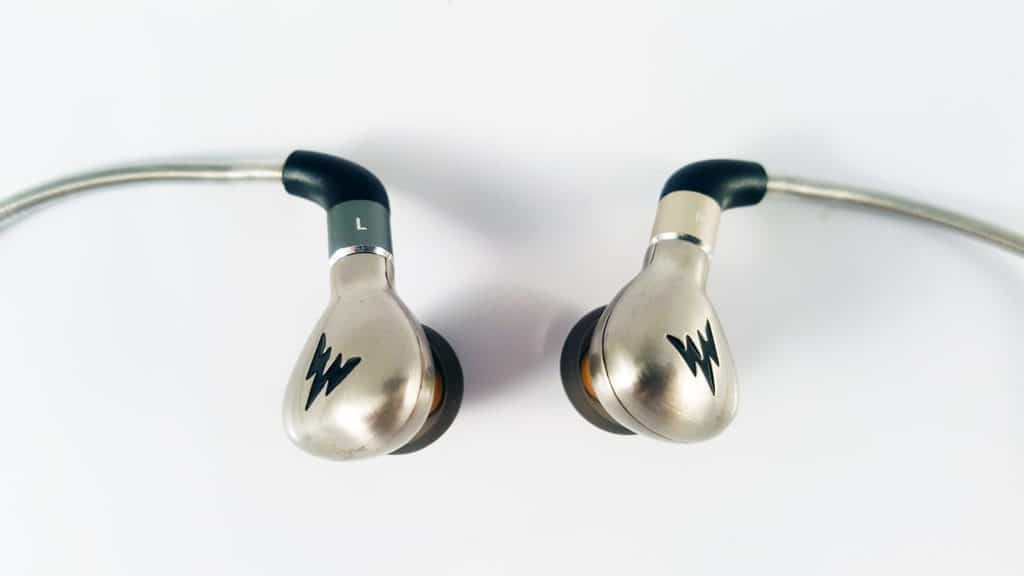

















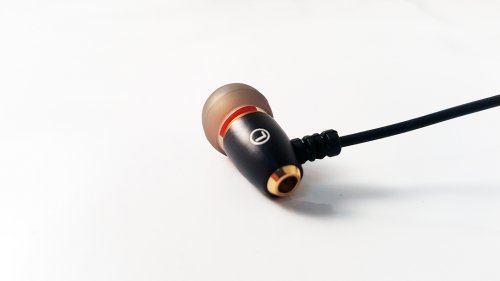



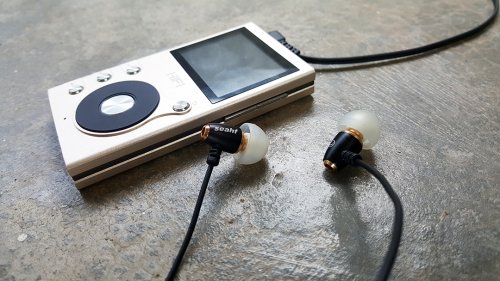




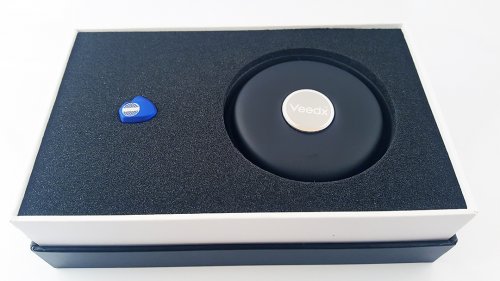































































































































































































 . I'm loving those puppies.
. I'm loving those puppies. 































 cheers, Ling.
cheers, Ling.














































































